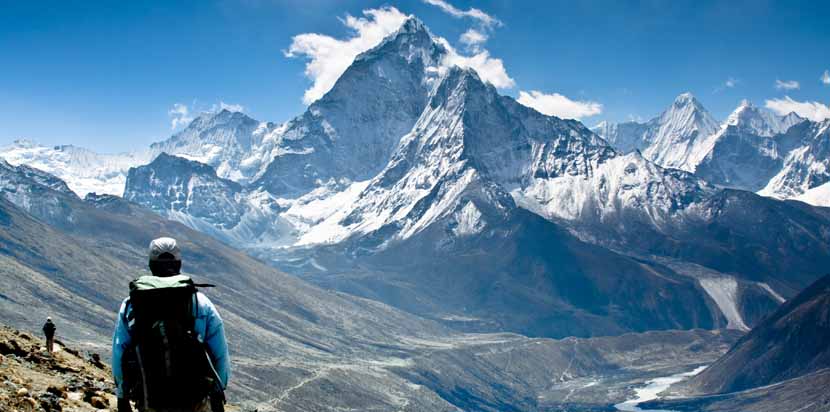
Mountains have always fascinated man and have always been surrounded by legends. The mountains of America, those of Asia, those of Africa. All the ancient civilizations that had a mountain nearby have given it some role in their worldview.
None of them knew, however, that the highest mountain in the world was hidden in a wild mountain range: the Himalayas. In Sanskrit, the sacred language of Hinduism and other religions, Himalaya means Abode of snow. And boy is it, besides being the famous roof of the world.
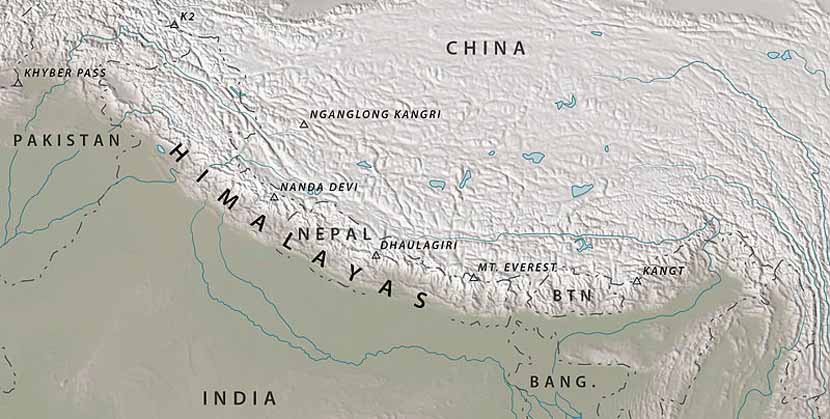
The himalayas is on the border between India and China and passes through Nepal. When looking at the map and knowing something about the history of the Earth one can imagine the two tectonic plates colliding to form an extensive 2400 kilometer mountain arch that along its route varies in width and shapes other minor mountain ranges.
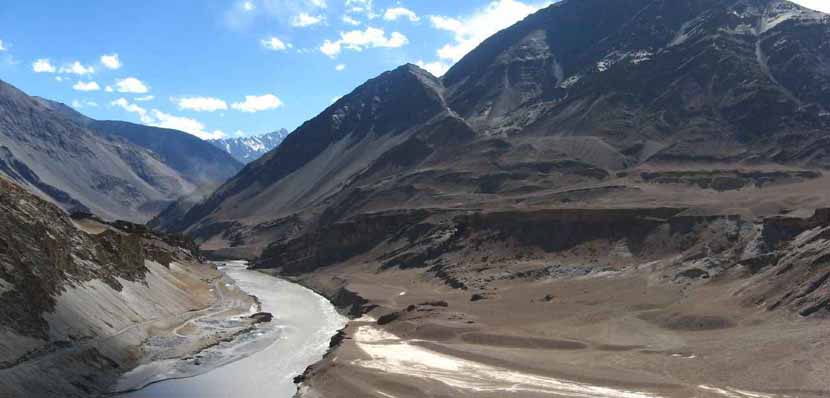
In the himalayas several rivers are born, including the Ganges and the Indos, so somehow the lives of millions of people are related to these majestic mountains. The weather is varied because the mountain range is very long, so there are parts with a tropical climate and really cold parts, with perpetual snow.
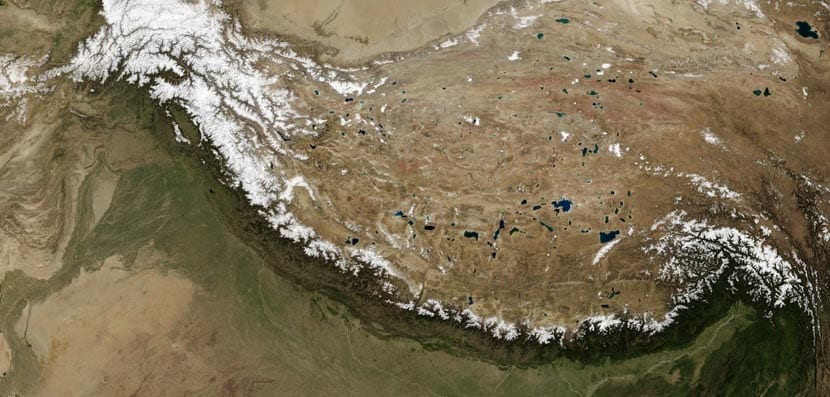
If you think that the mountain range is old, well, it is for human life but not for terrestrial life. Is one of the youngest mountain ranges in the world. According to experts about 70 million years ago the Indo-Australian plate moved quite fast (about 15 centimeters per year). 20 million years later this movement forever closed the ancient Tethys Ocean and the low-density composition of the continental cover and caused the mountains to rise rather than collapse into the waters.
It is incredible but this movement has not stopped and the Indian plate is moving so much that in about 10 million years it will be 1500 kilometers into Asia. And the fantastic thing is that it makes the Himalayas continue to climb in height at the rate of 5 mm per year. It is not dead land, it is land in permanent formation.
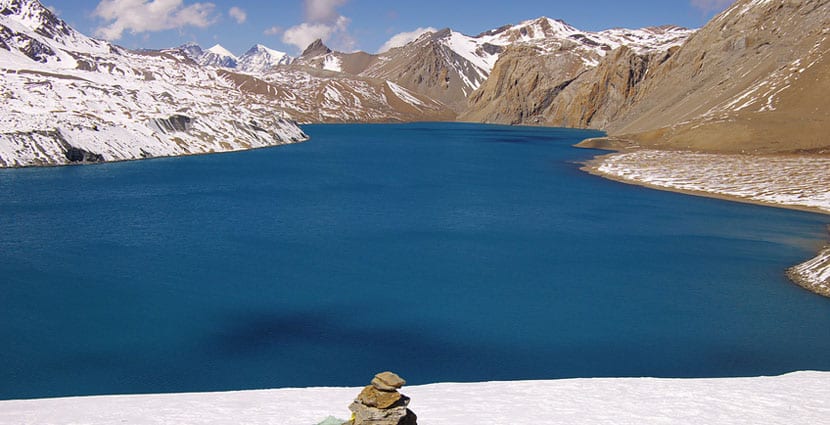
So much mountain, so much snow, without a doubt it must be more than a beautiful landscape. And so it is: after the Arctic and Antarctica it is the third largest and most important ice and snow reservoir in the world. After all, in its 2400 kilometers long there are 15 thousand glaciers and that means thousands of cubic meters of water. Not to mention the rivers and lakes that are located at different altitudes.
The largest lake in the Himalayas is the YamdrokTso, in Tibet, with about 700 square km, and the highest is the Tilicho, in Nepal. Besides all this mountains influence the climate of a very wide region and, for example, due to its presence is that Southeast Asia is so warm because it prevents the passage of cold winds from the south.
The Himalayas and religion
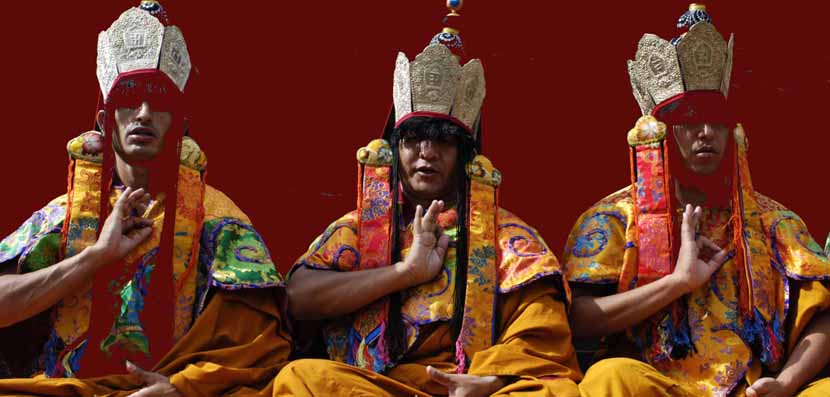
There are many sites in these mountains that have religious significance. for various groups. For Hindus, for example, the Himalayas are the personification of the god Himavat, father of Parvati and Ganga. For Bhutan Buddhism the mountains hide a sacred site where their religion was founded.
In the himalayas there are thousands of monasteries. Without going any further, in Lhasa, capital of Tibet, is the Dalai Lama residence. Today, this territory is controlled by China and it is necessary to request permission to enter, in addition to processing the corresponding Chinese visa.
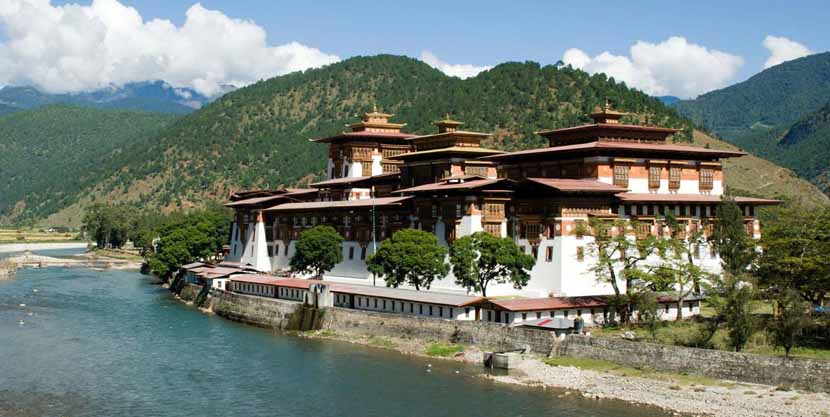
Just look at the map to think that these mountains are also inhabited by many human groups, with their similarities and their differences. They have their language, their customs, their architecture, their rituals, their folklore, their clothes. They are the sea of diverse.
The Himalayas and Mount Everest
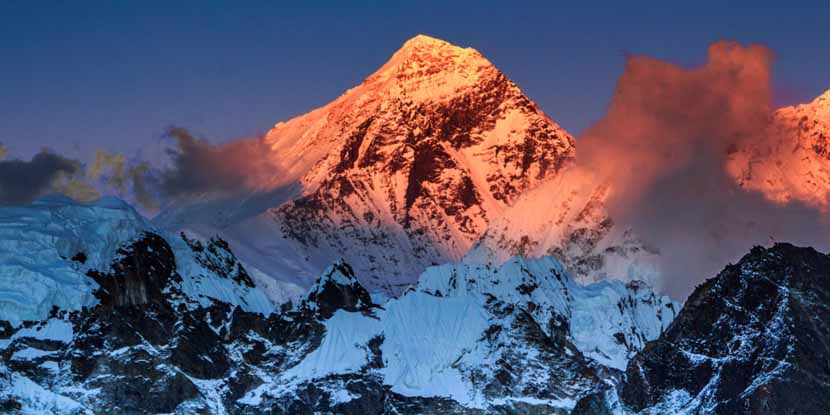
Mount Everest is the highest mountain in the world but she has very tall sisters around here too. The Himalayas are home to nine of the ten highest peaks on the planet so you can get a good idea of its high magnificence.
We said above that the collision of two plates formed this mountain range and that since the composition of the earth's crust of these plates was of low density, it rose instead of sinking into the ocean. That is why Everest has revealed to have marine limestone on its top that comes precisely from that primitive ocean.

We call it Everest, in a certain Eurocentric imposition, but for the two countries that share it it has other names: called Chomolungma for Tibetans and Sagarmatha for Nepalese. It is part of the Mahalangur mountain range that crosses both countries. In fact, the border limit passes over the very top of Everest.
The Everest It is 8.848 meters high above sea level and every year it attracts hundreds of mountaineers who aspire to reach the top. Did you see the movie Everest? It portrays this adventure well, its emotions and dangers. There are two routes to climb EverestOne approaching from Nepal and another from Tibet. South and North respectively.
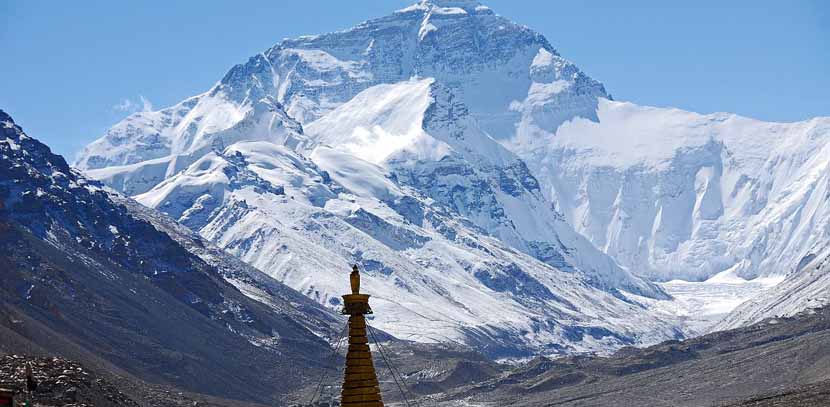
The first route is the standard one and although it is not particularly difficult because of the climbing itself it is complicated by the weather and what it produces on the human body. The English were the first to climb Everest Although they did not arrive at the top right away and reached only 7 thousand meters of altitude. Another expedition in 1922 went up to 8320 meters and marked a milestone in the relationship between man and the mountain.
The 1924 expedition is supposed to be the one that reached the top but the two climbers disappeared and the body of one of them was only found in 1999 at an altitude of 8155 meters, on the north side. All these expeditions were from this side since at that time Nepal prohibited attempts on its own side. In this way, officially, the peak was reached in 1953: Edmund Hillary and Tenzing Norgay were the first and they did it, this time, for the south face.
All this from a vision, as I said, Eurocentric. The truth is that maybe someone else came before. The Chinese themselves say that since the beginning of the XNUMXth century the mountain appears in their writings and maps.
The Himalayas in the arts
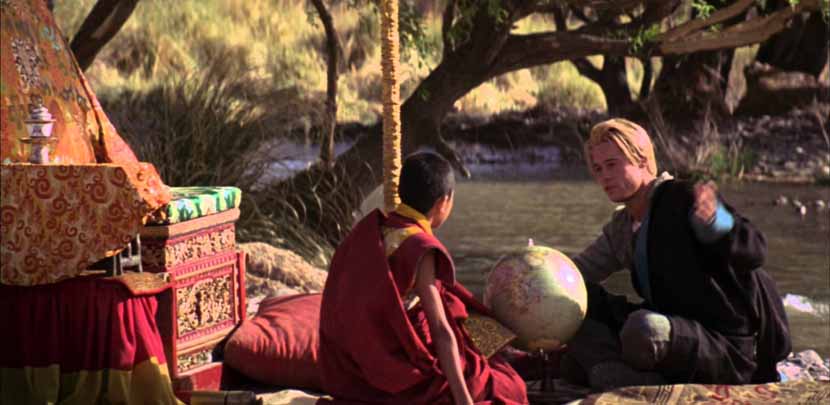
For its beauty, for its size, for its majesty, the Himalayas have impacted many people, to writers, painters and closer in time, film directors and screenwriters.
So, we have the movies Everest, Tintin in Tibet, Vertical Limit, several of the editions of Tomb Raider, Seven Years in Tibet with Brad Pitt, the novels The Kingdom of the Golden Dragon by Isabel Allende or Kim, by Rudyard Kipling.